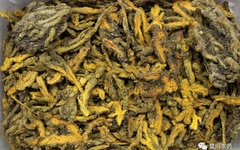.
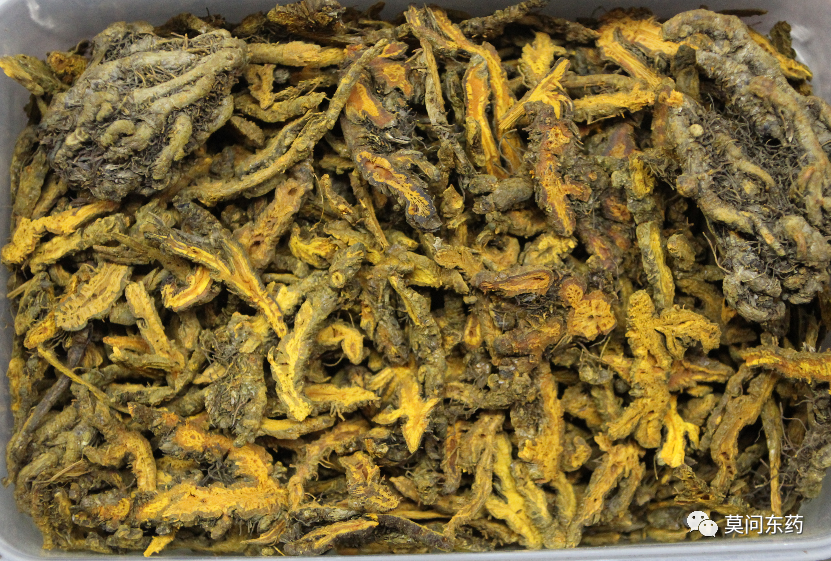
Clearing Heat and Drying Dampness · Purging Fire and Detoxifying
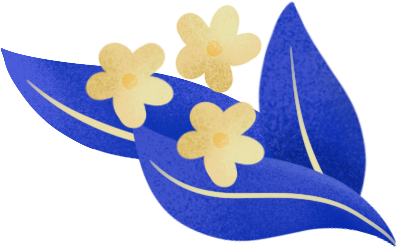
Basic
Information
Source
【Source】This product is the dried rhizome of the Ranunculaceae plant Huanglian (Coptis chinensis Franch.), Sanjiao Ye Huanglian (Coptis deltoidea C.Y.Cheng et Hsiao), or Yunlian (Coptis teeta Wall.). These three are commonly referred to as “Weilian”, “Yalian”, and “Yunlian” respectively. Harvested in autumn, the fibrous roots and soil are removed, dried, and any remaining fibrous roots are knocked off.
【Functions and Indications】Clears heat and dries dampness, purges fire and detoxifies. Used for damp-heat fullness, vomiting with sour regurgitation, diarrhea, jaundice, high fever with delirium, excessive heart fire, irritability and insomnia, palpitations, blood heat with vomiting or nosebleeds, red eyes, toothache, diabetes, and carbuncles; externally used for eczema, damp sores, and purulent ear discharge.
Materia Medica Records
01
 (Huanglian)①“Huanglian comes from Shu County, and the best is the firm and heavy one.”——《范子计然》(202 BC – 9 AD) [The name Huanglian first appears in this book]《范子计然》 reflects the early stage of the medicinal material market in the Western Han Dynasty, including quality standards and regional characteristics. Based on resource surveys and characteristics of medicinal materials, the Huanglian from Shu County is likely to be Sanjiao Ye Huanglian and Emei Huanglian.Historically, the main production area of Huanglian was Sichuan, with the “firm and heavy” ones being of high quality.②“Huanglian is bitter and cold. It treats heat-related eye pain, eyelid injuries, tears, brightens the eyes, intestinal dysentery, abdominal pain, diarrhea, and swelling and pain in women’s genitalia. Long-term use leads to forgetfulness. Also known as Wanglian. Grows in valleys.”——The Eastern Han Dynasty’s 《神农本草经》 lists Huanglian as a superior product.This summarizes its properties, effects, and clinical indications, indicating its widespread clinical application at that time.③“The Huanglian from Shu has thick and flat nodes, extremely bitter, and is best for thirst. The one from Jiangdong has nodes like beads and is excellent for treating dysentery. The one from Lizhou is even better.”——The Tang Dynasty’s 《新修本草》Indicates that Hunan Province in the Tang Dynasty also had distribution, and it was believed that the quality from Hunan was the best.④“Xiao Bingyun: Now the best comes from Xuanzhou, Dongyang also has it, and those from Shezhou and Chuzhou are next.”, Anhui Xuancheng produces a lot, first mentioning that Huanglian from “Xuanzhou is the best.”——The Song Dynasty’s 《证类本草》Xuanzhuang Huanglian has continued as a traditional medicinal material production area until the end of the Qing Dynasty, indicating its popularity in the Song Dynasty.⑤“Huanglian grows in Wuyang River valleys and Shu County Taishan, now also in Jiang, Hu, Jing, and Kuizhou counties, with the best being the firm and heavy ones from Xuanzhou, followed by those from Shi and Qian.”——The Song Dynasty’s 《图经本草》:Indicates that during the Song Dynasty, Huanglian was distributed in Jiujiang, Jiangsu, Huzhou, Jiangling, Chongqing, and the border areas of Hubei and Guizhou, with Xuanzhuang Huanglian being the best, followed by those from Hubei and Guizhou. ⑥“Huanglian, according to Li Dang’s Materia Medica at the end of the Han Dynasty, only the firm ones from Shu County are good. In the Tang Dynasty, those from Lizhou were considered the best. Now, although both Wu and Shu have it, those from Yanzhou and Meizhou are the best.”——The Ming Dynasty’s 《本草纲目》Indicates the changes in the main production areas of Huanglian over different eras.。⑦“Those from Sichuan are called Chuan Huanglian, produced in Yaan and Emei Mountain areas. Harvested in autumn. Those from Yunnan are called Yunlian, produced in Guchong County. The well-known Xilian comes from Wanzhou, Sichuan.”——The Republic of China period’s 《药物出产辨》Indicates that Huanglian is primarily produced in Sichuan, confirming that Yalian is mainly produced in Sichuan Yaan, Yunlian in Yunnan, and the medicinal material varieties of Huanglian have basically formed.
(Huanglian)①“Huanglian comes from Shu County, and the best is the firm and heavy one.”——《范子计然》(202 BC – 9 AD) [The name Huanglian first appears in this book]《范子计然》 reflects the early stage of the medicinal material market in the Western Han Dynasty, including quality standards and regional characteristics. Based on resource surveys and characteristics of medicinal materials, the Huanglian from Shu County is likely to be Sanjiao Ye Huanglian and Emei Huanglian.Historically, the main production area of Huanglian was Sichuan, with the “firm and heavy” ones being of high quality.②“Huanglian is bitter and cold. It treats heat-related eye pain, eyelid injuries, tears, brightens the eyes, intestinal dysentery, abdominal pain, diarrhea, and swelling and pain in women’s genitalia. Long-term use leads to forgetfulness. Also known as Wanglian. Grows in valleys.”——The Eastern Han Dynasty’s 《神农本草经》 lists Huanglian as a superior product.This summarizes its properties, effects, and clinical indications, indicating its widespread clinical application at that time.③“The Huanglian from Shu has thick and flat nodes, extremely bitter, and is best for thirst. The one from Jiangdong has nodes like beads and is excellent for treating dysentery. The one from Lizhou is even better.”——The Tang Dynasty’s 《新修本草》Indicates that Hunan Province in the Tang Dynasty also had distribution, and it was believed that the quality from Hunan was the best.④“Xiao Bingyun: Now the best comes from Xuanzhou, Dongyang also has it, and those from Shezhou and Chuzhou are next.”, Anhui Xuancheng produces a lot, first mentioning that Huanglian from “Xuanzhou is the best.”——The Song Dynasty’s 《证类本草》Xuanzhuang Huanglian has continued as a traditional medicinal material production area until the end of the Qing Dynasty, indicating its popularity in the Song Dynasty.⑤“Huanglian grows in Wuyang River valleys and Shu County Taishan, now also in Jiang, Hu, Jing, and Kuizhou counties, with the best being the firm and heavy ones from Xuanzhou, followed by those from Shi and Qian.”——The Song Dynasty’s 《图经本草》:Indicates that during the Song Dynasty, Huanglian was distributed in Jiujiang, Jiangsu, Huzhou, Jiangling, Chongqing, and the border areas of Hubei and Guizhou, with Xuanzhuang Huanglian being the best, followed by those from Hubei and Guizhou. ⑥“Huanglian, according to Li Dang’s Materia Medica at the end of the Han Dynasty, only the firm ones from Shu County are good. In the Tang Dynasty, those from Lizhou were considered the best. Now, although both Wu and Shu have it, those from Yanzhou and Meizhou are the best.”——The Ming Dynasty’s 《本草纲目》Indicates the changes in the main production areas of Huanglian over different eras.。⑦“Those from Sichuan are called Chuan Huanglian, produced in Yaan and Emei Mountain areas. Harvested in autumn. Those from Yunnan are called Yunlian, produced in Guchong County. The well-known Xilian comes from Wanzhou, Sichuan.”——The Republic of China period’s 《药物出产辨》Indicates that Huanglian is primarily produced in Sichuan, confirming that Yalian is mainly produced in Sichuan Yaan, Yunlian in Yunnan, and the medicinal material varieties of Huanglian have basically formed.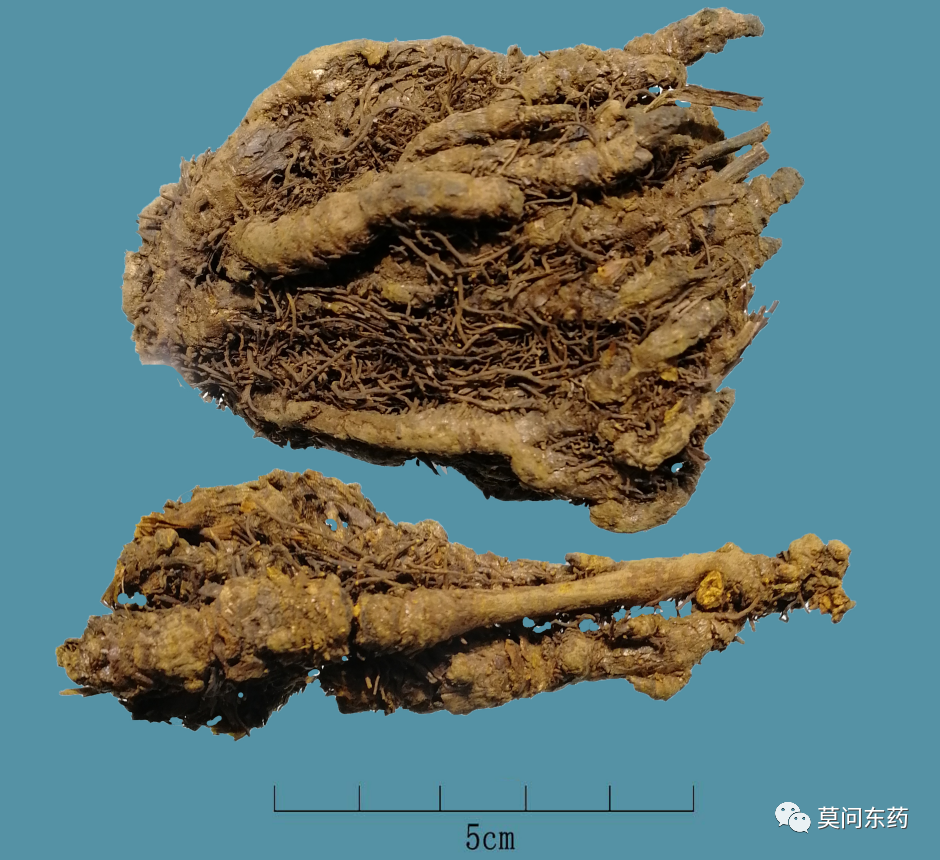
Huanglian
Identification of Properties
02
 ①Weilian 1. Often clustered, usually curved, resembling chicken feet, with single rhizomes 3-6 cm long and 0.3-0.8 cm in diameter.2. Surface grayish-yellow or yellow-brown, rough,with irregular nodular protrusions, fibrous roots, and remnants of fibrous roots, some nodes have smooth surfaces like stems, commonly referred to as “crossing the bridge”.3.Upper parts often retain brown scales, with remnants of stems or petioles at the top.4. Hard texture, uneven fracture,the skin is orange-red or dark brown, and the wood part is bright yellow or orange-yellow, arranged radially, with some having hollow pith.5. Slight aroma, extremely bitter.②Yalian (no image) Mostly single-stemmed, slightly cylindrical, slightly curved, 4-8 cm long, 0.5-1 cm in diameter. “Crossing the bridge” is longer.③Yunlian (no image)Curved and hook-shaped, mostly single-stemmed, smaller.
①Weilian 1. Often clustered, usually curved, resembling chicken feet, with single rhizomes 3-6 cm long and 0.3-0.8 cm in diameter.2. Surface grayish-yellow or yellow-brown, rough,with irregular nodular protrusions, fibrous roots, and remnants of fibrous roots, some nodes have smooth surfaces like stems, commonly referred to as “crossing the bridge”.3.Upper parts often retain brown scales, with remnants of stems or petioles at the top.4. Hard texture, uneven fracture,the skin is orange-red or dark brown, and the wood part is bright yellow or orange-yellow, arranged radially, with some having hollow pith.5. Slight aroma, extremely bitter.②Yalian (no image) Mostly single-stemmed, slightly cylindrical, slightly curved, 4-8 cm long, 0.5-1 cm in diameter. “Crossing the bridge” is longer.③Yunlian (no image)Curved and hook-shaped, mostly single-stemmed, smaller.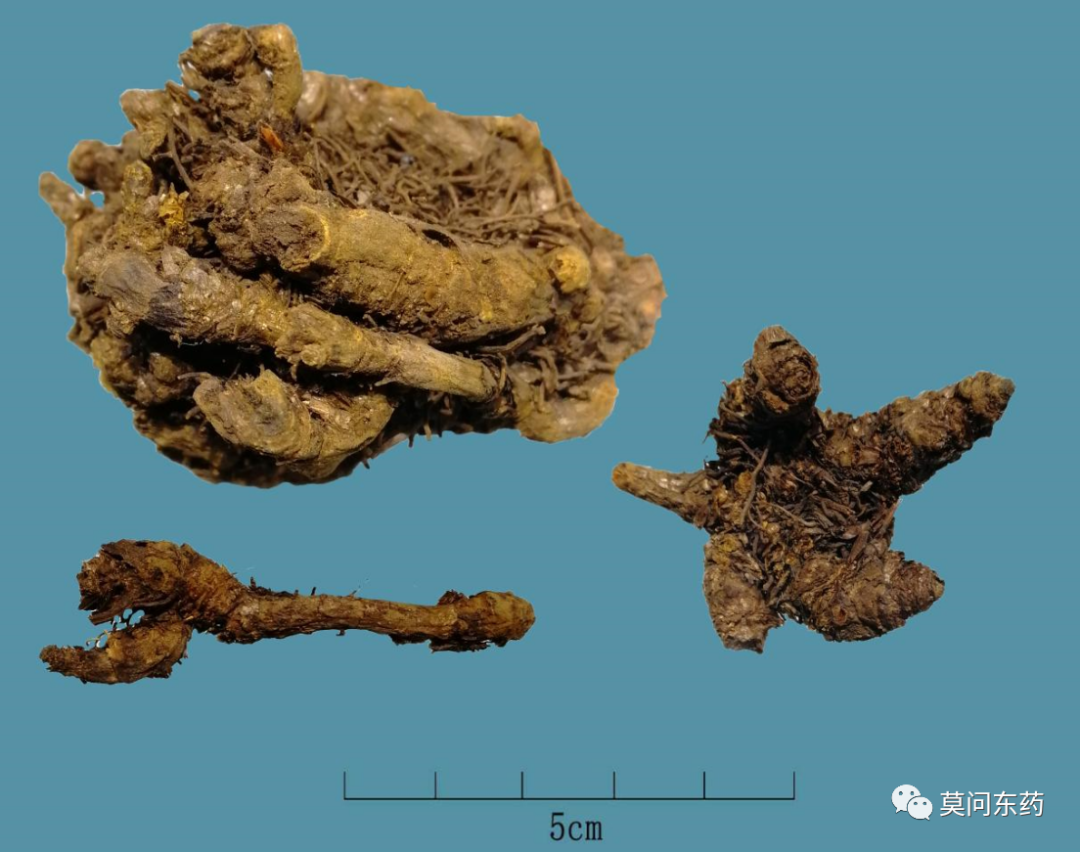
Huanglian
Three-legged Cat Talks Medicine
03

Discussion on the Three Sources of Huanglian in Medicinal Use
①Huanglian is a commonly used medicinal material for clearing heat and drying dampness. The pharmacopoeia specifies three original plants whose rhizomes can be used as Huanglian.These are Huanglian Coptis chinensis Franc.→“Weilian”, Sanjiao Ye Huanglian Coptis deltoidea C.Y.Cheng et Hsiao.→“Yalian”, and Yunlian Coptis teeta Wall.→“Yunlian”.②Currently, the most commonly used source of Huanglian is Coptis chinensis Franc. The other two, Sanjiao Ye Huanglian and Yunlian, are rare.③The current medicinal material market only circulates one source of Huanglian. This may be due to advantages such as high yield and high content. The national pharmacopoeia includes many medicinal materials with more than three sources. For example, the representative clearing heat herb Dahuang also has three sources for medicinal use. However, the Dahuang circulating in the medicinal material market is mainly Rheum palmatum L. As long as they can play a therapeutic role under the guidance of basic TCM theory, all are good medicinal materials worth increasing cultivation area and market circulation.
Previous Highlights




Inheriting Traditional Chinese Medicine
Thank You
For Reading
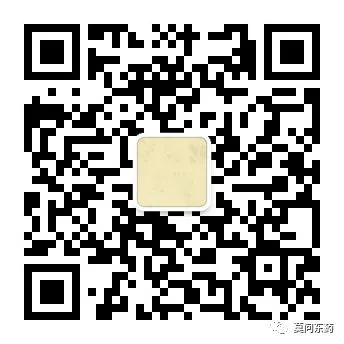
Scan the QR code to follow us
Mo Wen Dong Yao
See you every day

